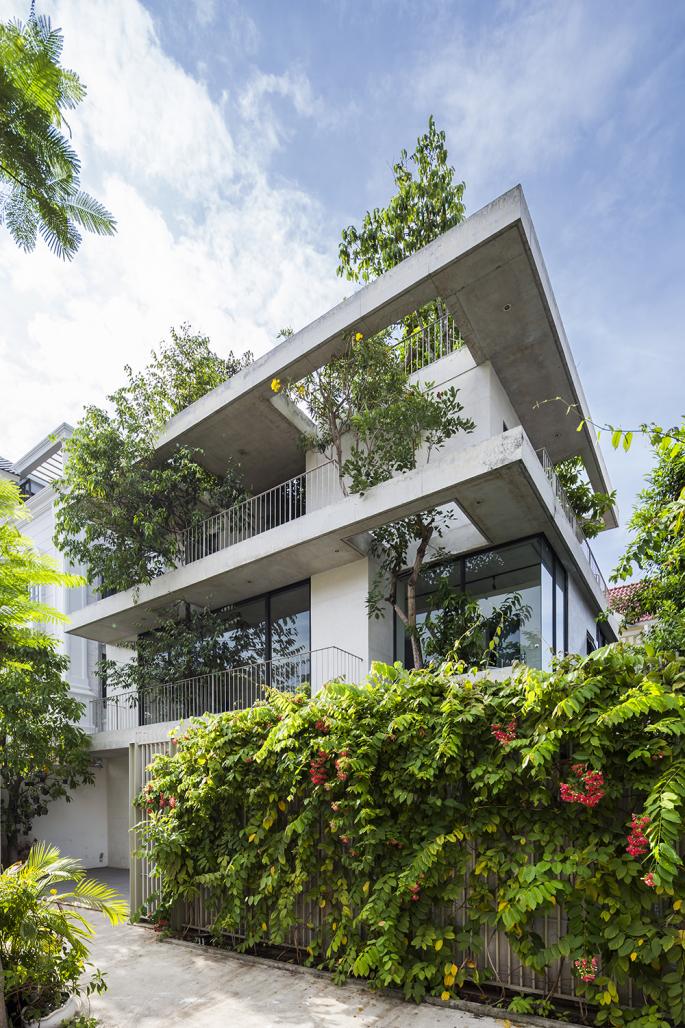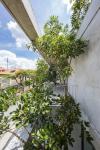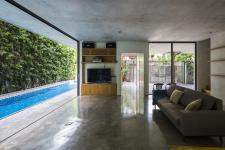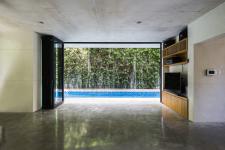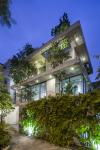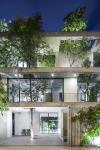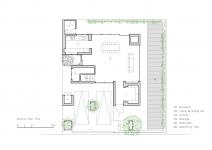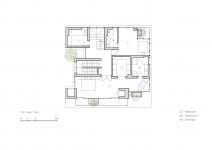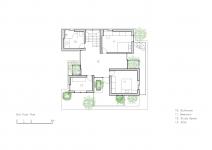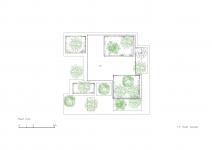Due to the rapid urbanization, many cities in Vietnam are losing their tropical green space and low-density landscapes are transforming into a densely populated metropolis. Increasing risk of flood, together with serious air pollution in urban areas has resulted in the situation. And Vietnamese new generation is being disconnected with nature. Against this backdrop, VTN Architects (Vo Trong Nghia Architects) is developing a series of house project, “House for Trees”, to create green space within a high-density neighborhood. As the most recent project in this series, Stacked Planters House strives to bring greens back to the city and forge an intimate relationship between human and nature.
The house is located in a neatly planned urban area, where the residents can build their houses up to the maximum allowable height. Hence, there's a common situation in this area where maximum living spaces were achieved by reducing the green spaces. To combat this rapid urbanization and evaporization of green space, this project aims to bring back green and serves as a small park in such a dense neighborhood. The house is designed for a typical Vietnamese family with three generations. Each private space is packed into a concrete box that is seemingly stacked randomly. The horizontal concrete slabs, between boxes, are the terraces where trees grow. These semi-outdoor spaces serve as living and dining rooms where people gather. This spatial configuration also helps to generate wonderful natural ventilation. The trees filter and modulate harsh sunlight, making the house cooler and more comfortable for the residents.
2014
2017
Project name: Stacked Planter House
Status: Completed 2017
Location: Ho Chi Minh, Vietnam
Site Area: 233.6m2
GFA: 260.8m2
Design Firm: VTN Architects (Vo Trong Nghia Architects)
Principal Architect: Vo Trong Nghia
Project Architects: Masaaki Iwamoto, Nguyen Quynh Han, Kuniko Onishi
Photography : Hiroyuki Oki
Contractor : Wind and Water House JSC
Masaaki Iwamoto, Nguyen Quynh Han, Kuniko Onishi
